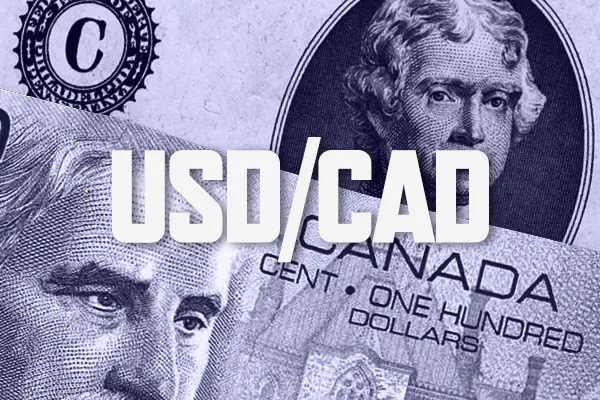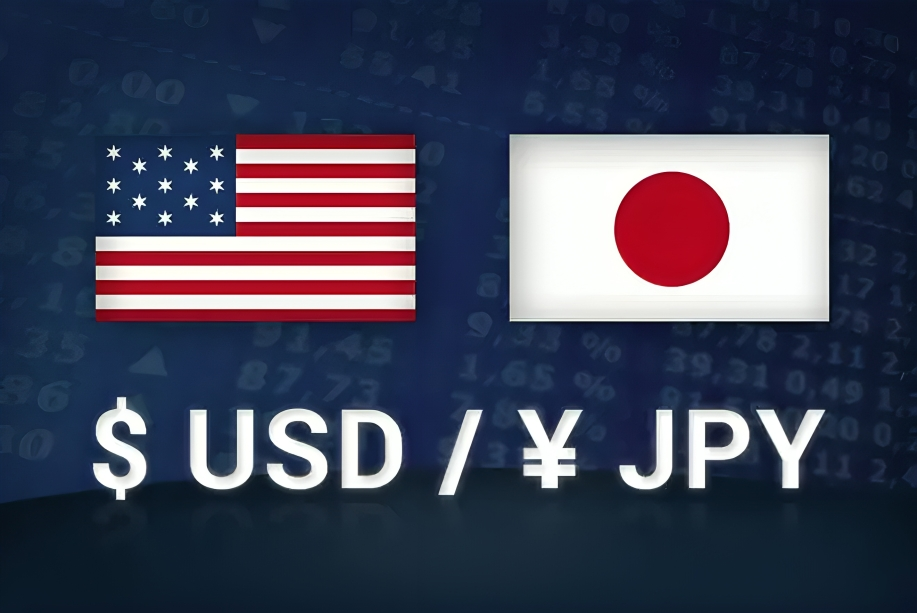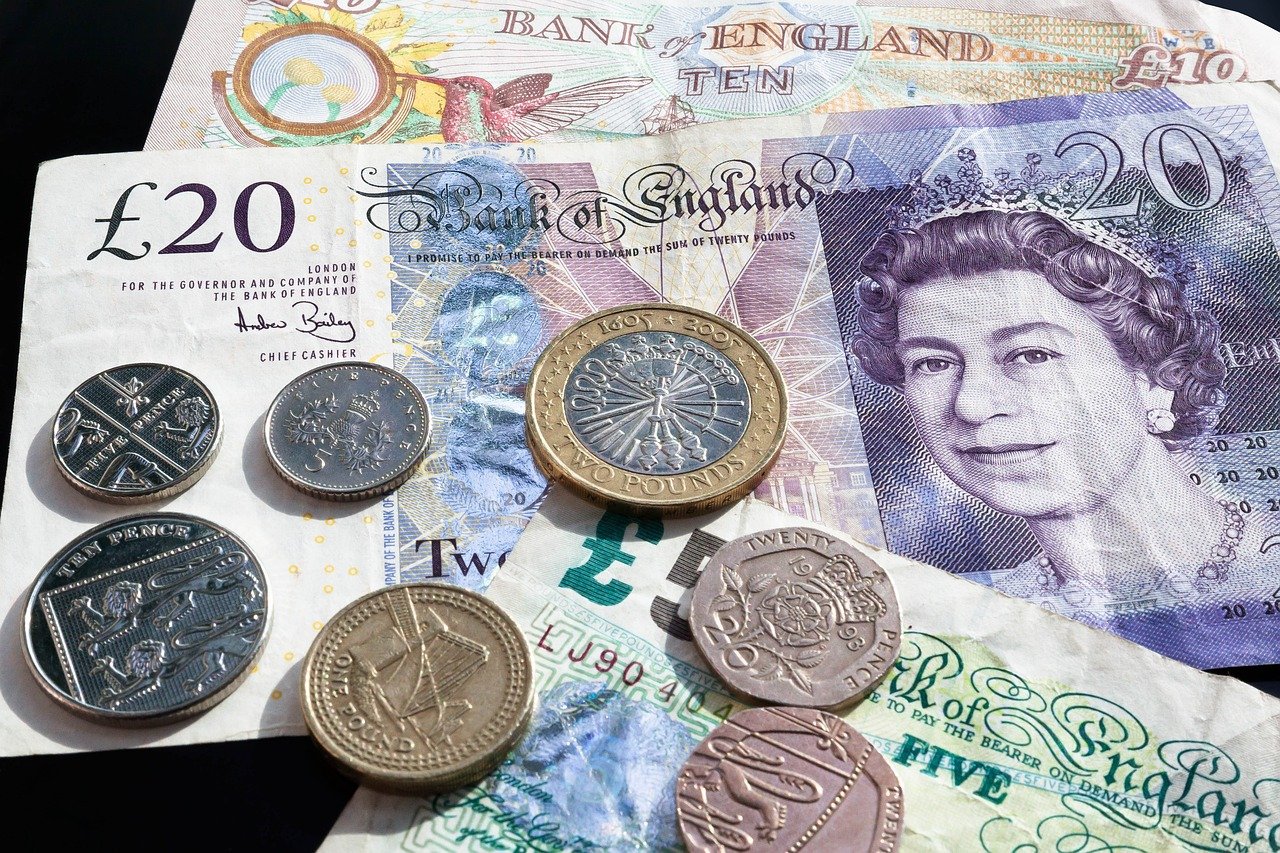The USD/CAD pair trades cautiously near 1.4300 amid heightened economic and political uncertainty. US President Donald Trump’s threat to impose a 25% tariff on Canada has dampened the Canadian economic outlook, prompting a strong response from Canadian Prime Minister Justin Trudeau, who stated that his government is ready to respond to any scenario. Additionally, expectations of a 25 bps rate cut by the Bank of Canada (BoC) following weaker-than-expected inflation data have further pressured the Canadian Dollar. In contrast, the US Federal Reserve is anticipated to hold interest rates steady, amplifying policy divergence. Technically, USD/CAD remains range-bound but shows a firm outlook, with potential for a rally above 1.4518 or a downside break below 1.4120.
KEY LOOKOUTS
• Follow US-Canada trade developments, as a 25% tariff from Trump will be huge for the Canadian economy and its dynamics in the USD/CAD market.
• The upcoming decision of the BoC will likely be 25 bps, which might affect CAD sentiment and the broader economic forecast.
• Resistances are seen at 1.4518 and support at 1.4120; it might act as a break out or breakdown point for considerable price action.
• Maintain an eye on the fight between the Fed’s hawkish stance and the BoC’s dovish tone, which forms investor emotion and currency trends.
USD/CAD now hovers around 1.4300 with market attention still on US-Canada trade wars and differing monetary policies. US President Donald Trump announced a 25% tariff over Canada, where he faces a stiff response from Canadian Prime Minister Justin Trudeau. The BoC has been touted to reduce interest rates by 25 basis points for its meeting, which is expected to follow the rather disappointing inflation data. In sharp contrast, the US Federal Reserve maintains a steady policy that further weighed in against the Canadian Dollar. Technically, this is a range-bound movement of USD/CAD with key levels such as 1.4518 and 1.4120, and any breakout will likely define the directional trend.
USD/CAD trades circumspectly near 1.4300 amid US-Canada tariff tensions and expectations of a BoC rate cut. Diverging monetary policies and key technical levels at 1.4518 and 1.4120 remain critical.
• Pair trades cautiously with economic and political uncertainties weighing down on market sentiments.
• US President Donald Trump proposes a 25% tariff on Canada that raises concerns of economic impacts.
• Prime Minister Justin Trudeau says he is prepared to act on any trade issues if tariffs are implemented.
• The Bank of Canada is expected to reduce interest rates by 25 bps to 3% in its next policy meeting.
• The CPI data for December showed a fall in annual inflation to 1.8%, which has been fueling dovish BoC bets.
• The US Federal Reserve is likely to hold interest rates, which will widen the policy gap with the BoC.
• USD/CAD is range-bound, with resistance at 1.4518 and support at 1.4120, setting critical breakout levels.
The USD/CAD pair trades near 1.4300, reflecting market caution amid heightened economic and political uncertainties. US President Donald Trump’s threat of a 25% tariff on Canada has intensified concerns about the Canadian economy, with Prime Minister Justin Trudeau affirming readiness to counter any challenges. Additionally, expectations of a 25 bps rate cut by the Bank of Canada (BoC), driven by weaker December inflation data, have weighed on the Canadian Dollar. In contrast, the US Federal Reserve’s steady interest rate stance highlights the growing policy divergence between the two central banks. Technically, USD/CAD remains range-bound, with key levels at 1.4518 and 1.4120 likely to dictate the next significant move.
USD/CAD Daily Price Chart.

Source: TradingView Prepared By ELLYANA
US Federal Reserve is expected to maintain its current interest rate policy, highlighting the growing policy divergence between the two economies. This divergence has boosted the appeal of the US Dollar against the Loonie. From a technical perspective, USD/CAD has been range-bound for over a month, trading within the 1.4260-1.4465 band. Key resistance at 1.4518 and support at 1.4120 are critical levels to watch, with a breakout likely signaling the pair’s next major directional move. Market participants remain focused on trade developments and upcoming monetary policy decisions, which could significantly impact the pair’s trajectory.
TECHNICAL ANALYSIS
From a technical perspective, USD/CAD has been trading in a tight range of 1.4260 to 1.4465 for over a month, reflecting market indecision. The 50-day Exponential Moving Average (EMA) slopes upward near 1.4235, signaling a bullish undertone despite the range-bound movement. Meanwhile, the 14-day Relative Strength Index (RSI) remains within the neutral 40-60 range, indicating a lack of clear momentum. A decisive break above the resistance at 1.4518 could pave the way for a rally toward the psychological level of 1.4600 and potentially the March 2020 high of 1.4668. Conversely, a downside break below the December 11 low of 1.4120 might lead to further weakness, targeting the December 4 high of 1.4080 and the key psychological support at 1.4000. Traders should watch these critical levels for confirmation of the next directional move.
FORECAST
USD/CAD shows potential for an upward breakout, supported by the 50-day EMA’s upward slope near 1.4235, which reflects a bullish bias. A sustained move above the immediate resistance level at 1.4518 could send the pair further north. A break above that level could then take the pair to round-level resistance at 1.4600 and the March 2020 high of 1.4668. The steady interest rate stance of the Federal Reserve and the vulnerability of Canada’s economy to trade tensions with the US further bolster the upside outlook. Positive momentum indicators and a possible rally in the US Dollar may push the pair to these higher levels.
USD/CAD fails to hold above the 1.4260 level, it may come under downward pressure. A break below the December 11 low of 1.4120 may send the pair further down to the December 4 high of 1.4080 and the psychological support at 1.4000. Weak Canadian inflation data, coupled with expectations of a Bank of Canada rate cut, could weigh on the Canadian Dollar. However, a resolution of US-Canada trade tensions or stronger-than-expected Canadian economic data might mitigate downside risks and support the Loonie’s recovery. Traders should closely monitor these levels and macroeconomic developments for signs of a trend reversal.







